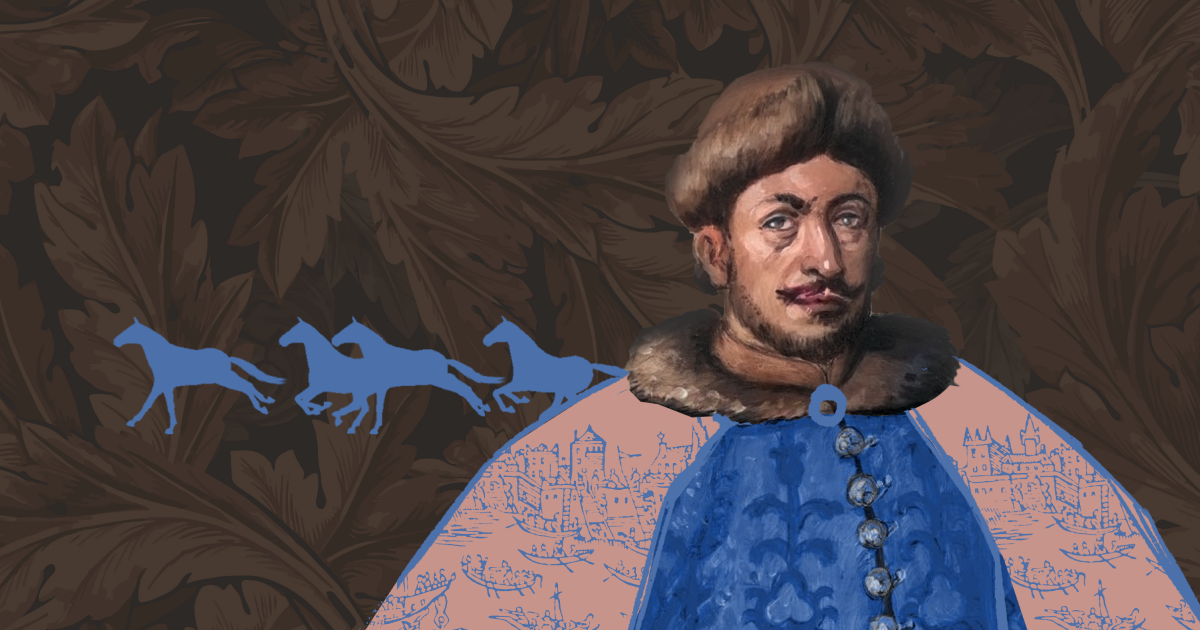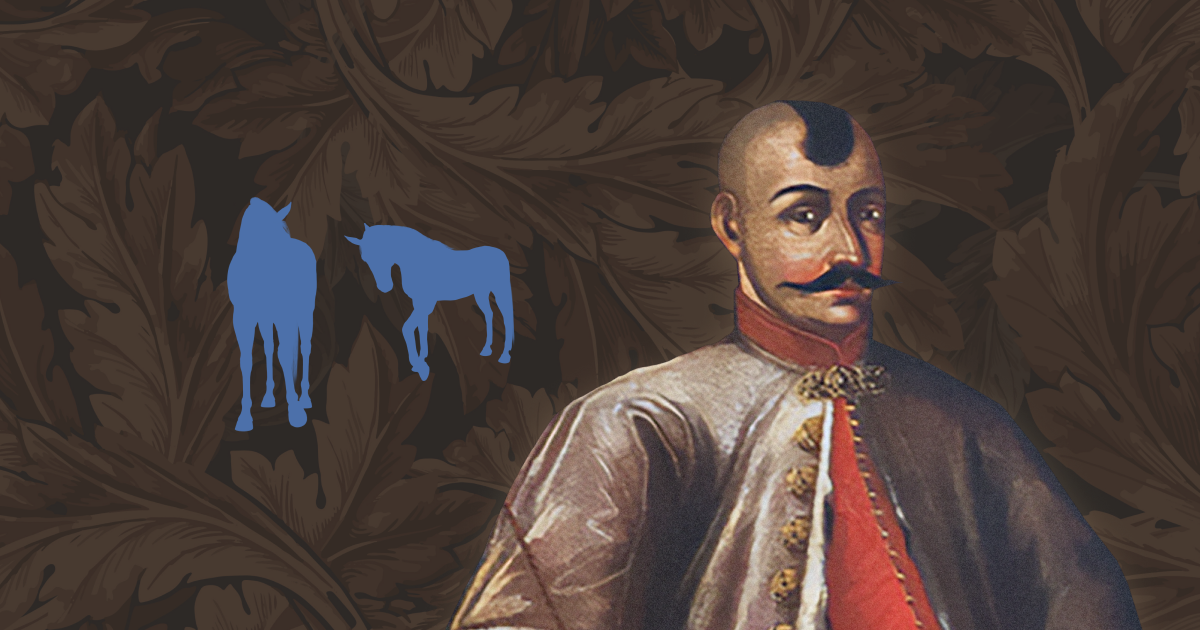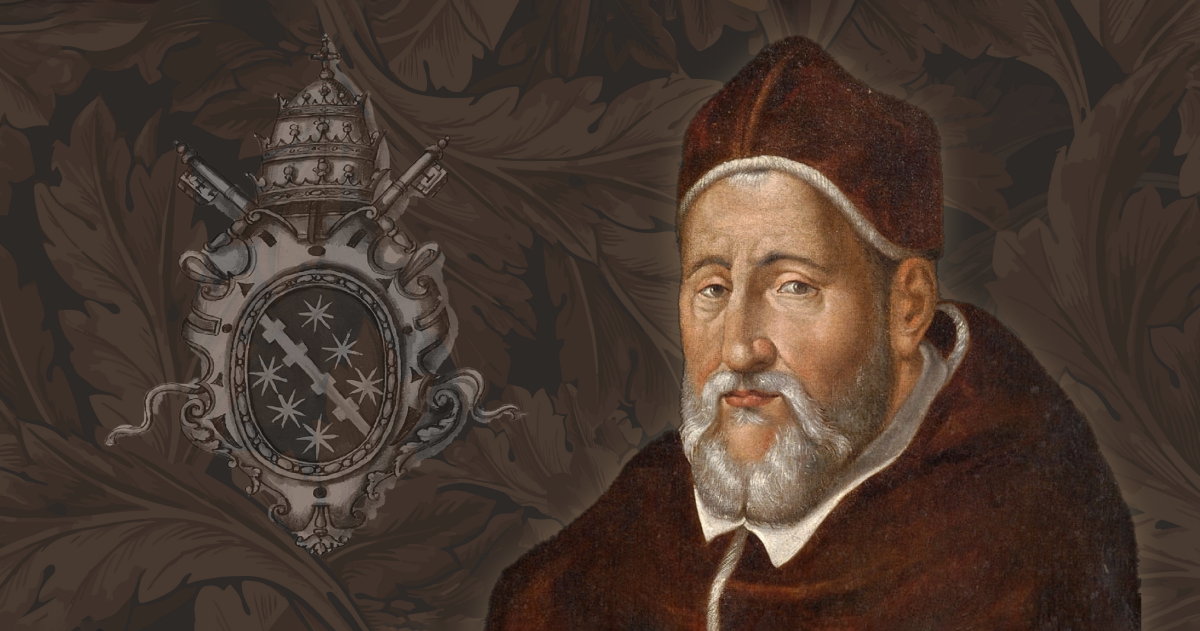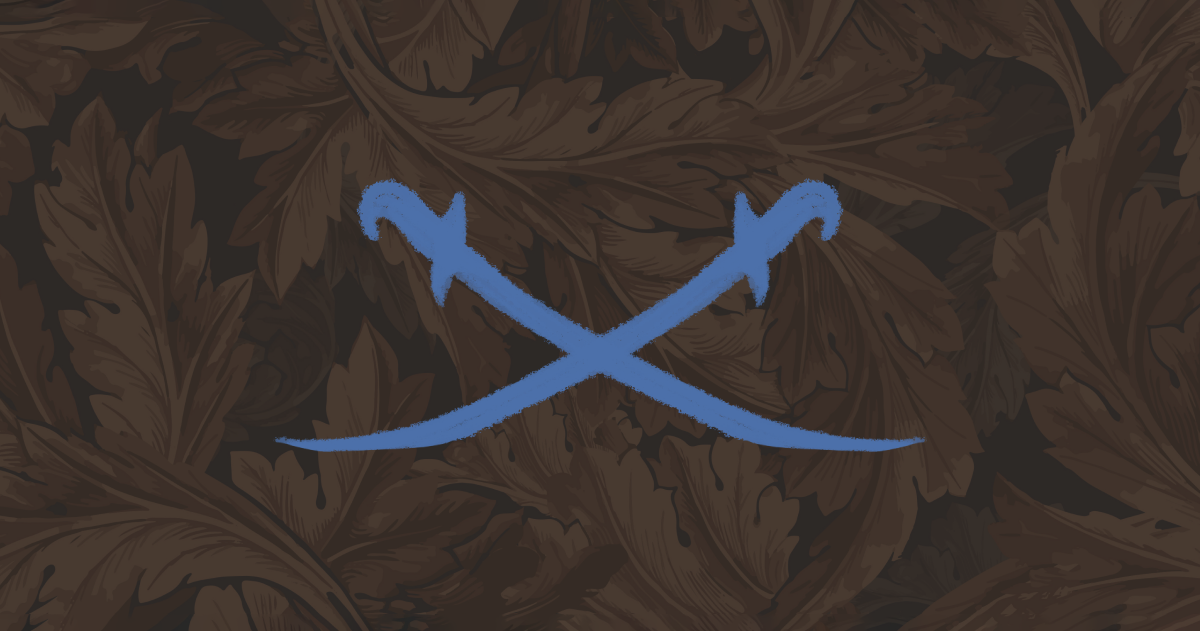How the Cossacks Served Other Kingdoms

In 1492, the Crimean khan Meñli I Giray complained to Grand Duke of Lithuania Alexander Jagiellon about the Cossacks. They allegedly attacked and robbed the khan's boat. It happened on the Dnipro, between modern Kherson and Nova Kakhovka.
Alexander replied that the attack did not take place on Lithuanian orders, the Cossacks acted on their own. Instead, the Lithuanian side instructed its representatives to find the attackers and the stolen property.
By the end of the fifteenth century, Cossack units were operating independently in southern Ukraine. They existed in antagonism to the Qırım Hanlığı (Crimean Khanate). The reason was that peasants and nobles who did not want to live under Lithuanian (and later Polish) rules migrated to the south but were forced to defend themselves against Crimean Tatar raids.

During the 16th century, in the struggle against the Crimean Khanate, the Ottoman Empire, and the Moldovans, the Cossacks began to acquire a strategic culture based on limited democracy and constant readiness for warfare.
Dmytro Vyshnevetskyi's campaigns in Moldova can be considered a turning point, after which the Cossacks began to acquire a new level of agency.
In 1563, the Polish tycoon Olbrecht Liaski persuaded the Cossack leader Vyshnevetskyi to march to Moldova, which had an ongoing struggle between the boyars. In other words, the Cossack army had to fulfil the Polish foreign policy task not on its usual southern frontier but further west. The enemy remained the same, as the Ottoman Empire had both the Crimean Khanate and the Principality of Moldova in its sphere of influence.
Therefore, by striking Moldova during the disintegration of its internal structures, the Poles could take it out of the Turkish orbit. Of course, Vyshnevetskyi had his own interest in carrying out such a military campaign: he was allegedly a distant relative of one of the leaders of the Principality of Moldova, Petru IV Rareș. Vyshnevetskyi hoped to use this connection to legitimise his struggle for the throne of the principality.
The Ottoman Empire took this challenge seriously, as it had already faced Vyshnevetskyi — in 1559, he attacked the Azov Fortress, which forced the Ottomans to send additional troops there.
The Topkapı Palace archives contain a document that shows Ottoman preparations for Vyshnevetskyi's Moldovan campaign. The local Ottoman protégé Nasuha informed the Sultan of the Cossacks' plans. The government sent an envoy who forced several Ottoman governors to unite. Together they defeated Vyshnevetskyi, who was later executed.
Although this foreign policy action was unsuccessful for the Cossacks, after it the Zaporizhzhia Kish more and more often played a part in international relations. Information about them spread throughout Europe, and references in foreign sources became more frequent. For example, in 1580, Vatican diplomat Carolus Gamberini created a special report on the Cossacks for the Pope. "I am sure that Your Holiness has already heard news of them from your nuncios," he wrote.

There are references to the Cossacks in the papal archives. His representative offices in Poland reported on Cossack operations against the Ottomans. However, there was still not enough data.
Harvard historian Marshall Poe reviewed all known Western European printed sources on the Cossacks as of 1995. His conclusion was as follows: although there was more information, there was not much of it even during the last quarter of the 16th century. And diplomacy is difficult without data.
In 1591, a war broke out between the Ottoman and Austrian empires. The Holy Roman Emperor Rudolf II and Pope Clement VIII hoped that Poland would take their side. They failed to achieve this. Then they came up with a plan to involve the Cossacks. However, there was little information about how the Cossack army was organised and its relations with the Polish-Lithuanian Commonwealth and the Tsardom of Muscovy.
That's why funny incidents happened. For example, in the autumn of 1593, the Pope wrote a letter to the Cossack leader. Since no one in the Vatican knew the name of this leadership position among the Cossacks, they signed it "to the Captain General of the Cossacks."
Subsequently, on January 27, 1594, a Polish nobleman, Stanisław Chłopytski, arrived at the Austrian imperial court and introduced himself as a Cossack elder. He claimed that the Cossacks had sent him to the emperor to conclude a cooperation agreement against the Turks. In fact, the whole thing was invented by Chłopytski, who did not even know how many Cossacks were in the Sich. Nevertheless, the emperor agreed. To finalise the deal, Rudolf II sent a diplomat, Erich Lassota, to Ukraine, whom you may have heard of through Mykola Zerov's poem "Kyiv is a Tradition."
As a result, the Cossacks took part in the war between the Austrian and Ottoman Empires. However, this was only the first international episode in Cossack's history. Over the next century, they would repeatedly join many European wars and not only on the side of the Polish-Lithuanian Commonwealth. What motivated them?
For the most part, the Cossacks acted according to the logic of early modern times. At that time, the army sometimes consisted almost exclusively of mercenaries. Mobilisation and the state army were invented much later.
At the same time, communities emerged in early modern Europe that led almost exclusively mercenary lives. The Swiss are the simplest example. That's why they still guard the Pope. The Cossacks acted similarly. It was not only about earning money but also about glorifying the Cossack community and fighting against the religion they considered hostile — Islam.



